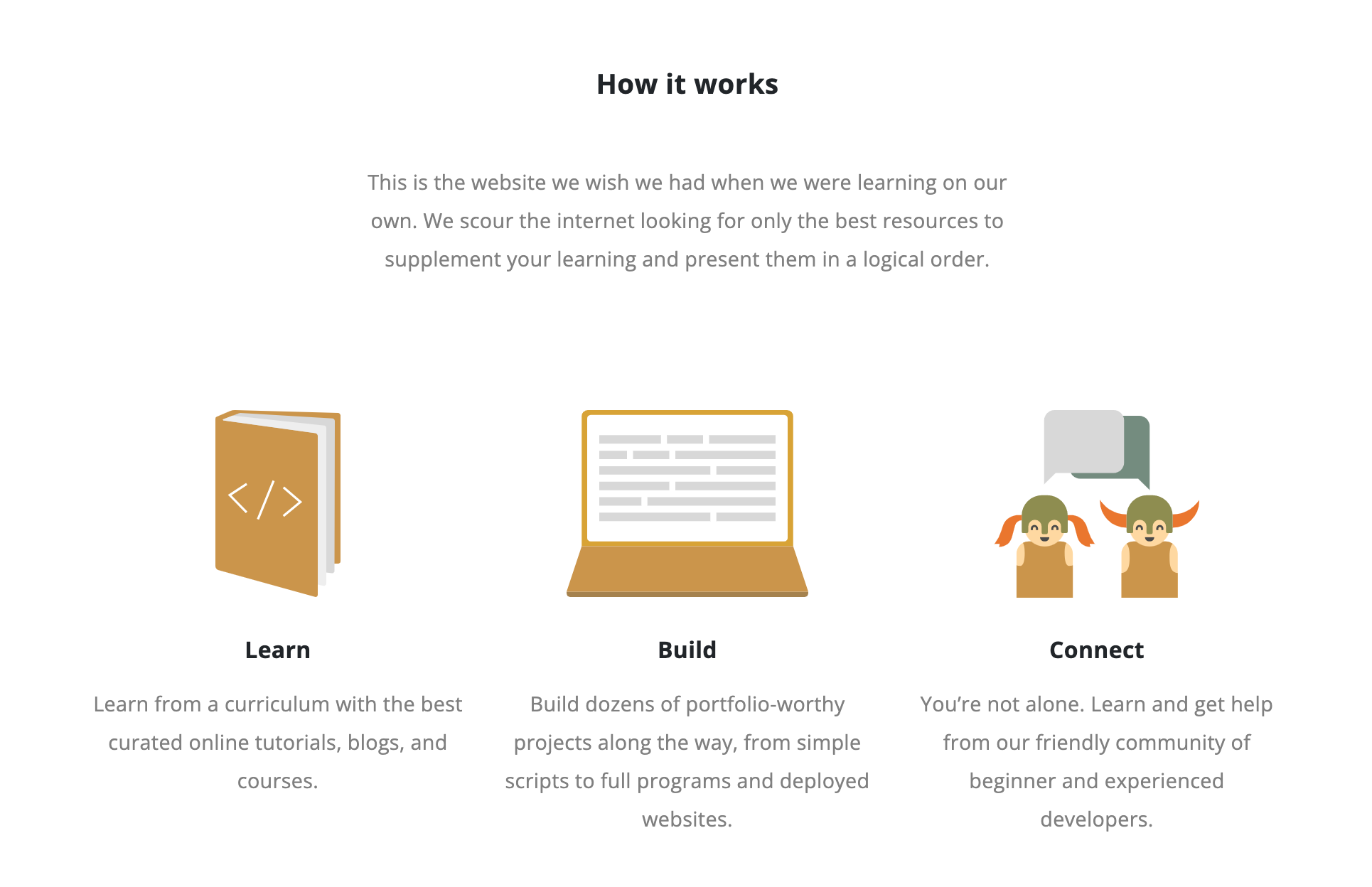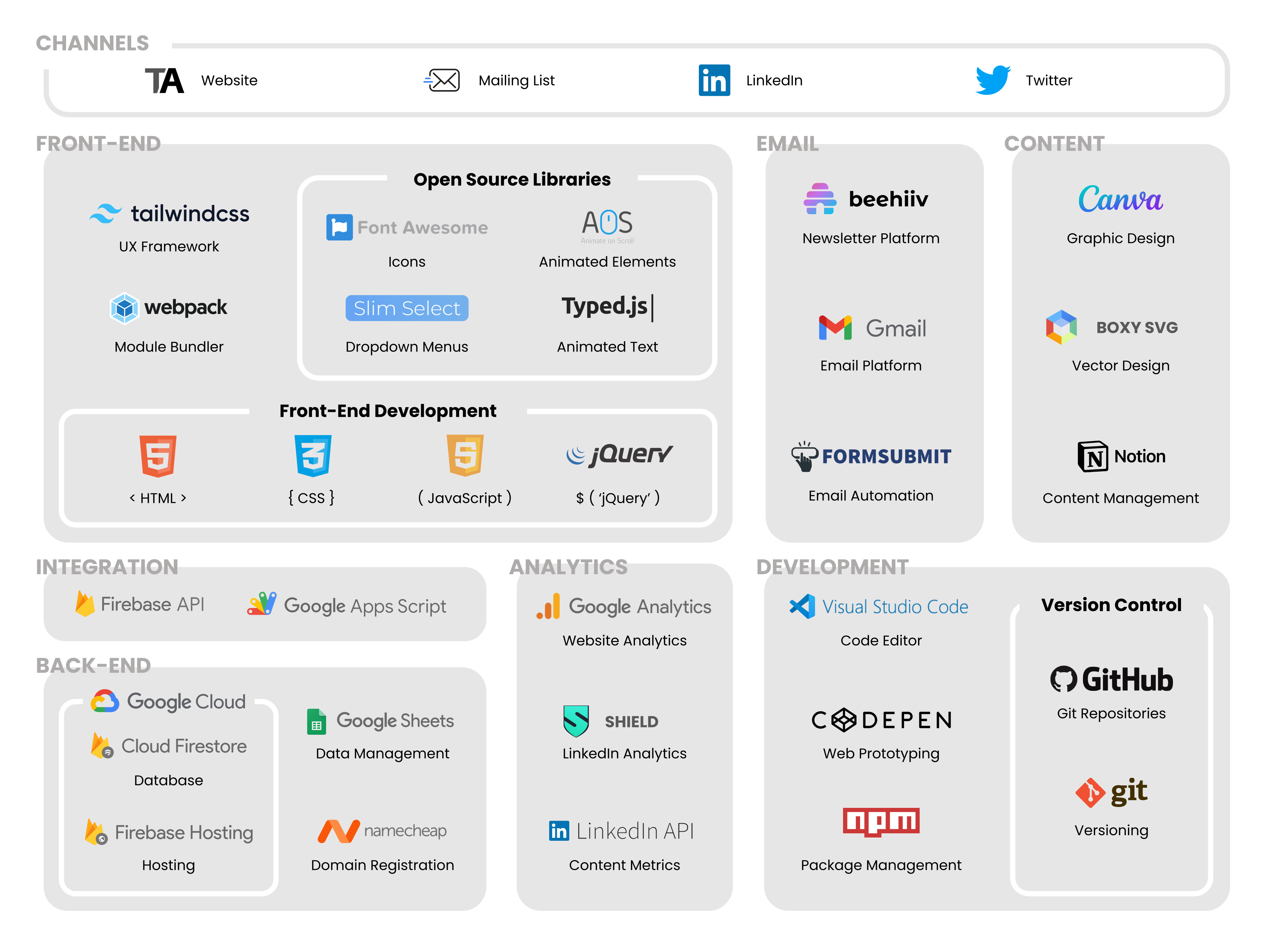I'm a strategy & operations manager @ Atlassian.
I work in product strategy, ensuring our developer products (like Jira, Bitbucket, and Compass) achieve sustainable long-term growth.
I also enjoy writing about exciting topics like strategy, product, SaaS, big tech, startups, e-commerce, creator economy, fintech, and web3.
On 1 July 2021 I was in lockdown in Sydney, Australia.
I wanted a ‘lockdown project’ ...
so I decided to post on LinkedIn every single day for a month.
I didn't feel like stopping after a month, so I kept going.
On August 22, I wrote my first viral post, netting over 4.1 million impressions:
What started as a 1-month project turned into over 9 months of daily posts.
After 275 consecutive days, I hit 10,000 followers and wrapped up the daily posting challenge.
I realised over time that a post only ever ‘lives’ for 2-3 days.
After that it gets buried by other content, never to be seen again.
This means that 99% of my content is effectively in the internet graveyard.
Similarly, when you discover a new creator, you can only read their posts from newest to oldest.
This makes it hard to navigate (potentially years worth of) older content, or quickly locate their most popular posts.
I surveyed 16 people (8 regular creators and 8 eager readers) to validate these pain points.
Some consistent themes started to emerge. Respondents wanted:
I analysed the comments, defined user stories, and ultimately set out to build:
This site also represents ~6 months of learning to code.
I started by following The Odin Project, an open-source web dev curriculum.
Their landing page does a good job of summarising why I chose it as a learning path:

After a few weeks of flexbox exercises and GitHub-hosted recipe sites, I decided to pause The Odin Project and start building my own website.
I made my first commit on 19 December 2021 and spent the next 6 months bouncing between developer docs, Stack Overflow, and YouTube tutorials.
Thanks for checking out the first release!
For those interested, my tech / creator stack currently looks like this:
